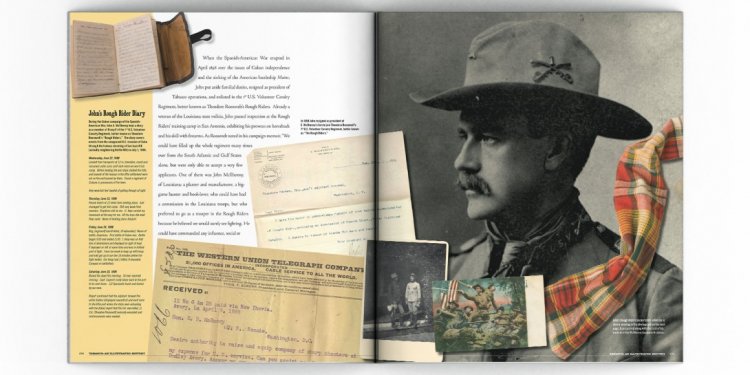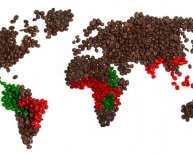
Books About coffee History
Coffee, a tree, its seeds, and also the beverage produced from them. The coffee tree, a little evergreen associated with the genus Coffea, has actually smooth, ovate leaves and groups of fragrant white flowers that mature into deep purple fruits about 1/2 in. (1.27 cm) very long. The fresh fruit usually contains two seeds, the coffee beans. C. arabica yields the highest-quality beans and provides the bulk of society's coffee, including c.80% of the coffee imported to the US. The types is thought to-be indigenous to Ethiopia, where it absolutely was known before AD 1000.
Coffee's earliest human use was as a meals; a baseball of this crushed good fresh fruit molded with fat was per day's ration for many African nomads. Later on, wine had been created from the fermented husks and pulps. Coffee had been understood in 15th-century Arabia; from there it spread to Egypt and chicken, conquering religious and governmental opposition to become popular among Arabs. In the beginning proscribed by Italian churchmen as a heathen's beverage, it absolutely was approved by Pope Clement VIII, by the mid-17th cent. coffee had achieved most of Europe. Introduced in North America c.1668, coffee became a popular American beverage following the Boston tea-party made beverage unfashionable.
Coffee owes its popularity to some extent on stimulative effectation of its caffeine constituent. Caffeine, a sour alkaloid, can also donate to irritability, depression, diarrhea, insomnia, also conditions. Decaffeinated coffees, created during the early 1900s, account fully for c.18percent of the U.S. marketplace. For people without having the time or even the inclination to brew their very own, there are immediate or dissolvable coffees, introduced in 1867, which take into account c.17% of U.S. coffee product sales.
Coffee Plant Cultivation
The coffee plant prefers the cool, moist, frost-free environment available at greater altitudes inside tropics and subtropics. Maximum developing circumstances feature: temperature around 75°F (24°C); well-distributed yearly rainfall of about 50 in. (127 cm) with a quick dried out season; and fertile, deep, well-drained soil, specifically of volcanic beginning. While coffee is grown from sea level to c.6, 000 ft (1, 830 m), and C. robusta is created at reduced elevations in western Africa, the greater arabica grades are often produced above 1, 500 ft (460 m). Strong winds restrict coffee production; coffee is generally cultivated into the protection of bigger trees. A coffee tree yields its optimum at some point between its 5th and tenth year and may even keep for approximately 30 years.
Prep and Types of Coffee
Following the outer pulp is removed, coffee seeds are prepared by roasting, which develops the aroma and flavor of these important oils. Further roasting creates darker, more powerful coffee. The variety of meals and prescriptions for roasting, brewing, and serving coffee reflects the variety of consumer tastes and social choices. All methods begin with correctly roasted, freshly ground coffee; newly boiling water; and absolutely clean utensils. Turkish coffee, a stronger, unfiltered brew of finely powdered coffee-and sugar, is preferred in Greece, Turkey, and Arabia. Italian-style espresso, or expresso, is made by forcing hot water under great pressure through finely powdered, often darkly roasted coffee. Other coffees tend to be blocked. Café au lait, coffee combined with scalded milk, is a normal French morning meal drink, as is café con leche in nations where Spanish is talked. Coffee flavored with chicory is a specialty of brand new Orleans. Connoisseurs pay dearly for Mocha through the Yemen region of Arabia, Blue hill from Jamaica, Kona from Hawaii, or other alleged specialty coffees from Africa, Indonesia, or Latin America—all premium arabica types.
Coffee in Commerce
Varieties of C. arabica are important export plants in a lot of nations, especially in South America and East Africa. Brazil could be the leading producer. The sole other types of commercial relevance is C. robusta, a-west African native in addition commonly cultivated in Central Africa and Asia. Fluctuations in offer and need have actually typically played havoc with world coffee areas and with the economies of specific growers and exporting countries. Efforts to stabilize the areas began with a 1940 arrangement, administered by the Inter-American Coffee Board, allocating U.S. coffee imports from Latin America. A global agreement underneath the International Coffee company, a body of 70 coffee-producing and -consuming countries, expired in 1989.
In many countries throughout its history, coffee is offered in coffeehouses, cafés, and other locations of community refreshment, usually as a help and accompaniment to governmental or creative activity, gambling, or gossip, or even to solo rumination. Coffee's popularity in the United States peaked in 1962, whenever three-quarters of individuals over 18 years drank at least a cup every single day. In 1992 only about half performed, but twenty years later on approximately 60percent did. Starting about 1990 U.S. customers became progressively contemplating advanced coffees and stronger, richer brews.

















